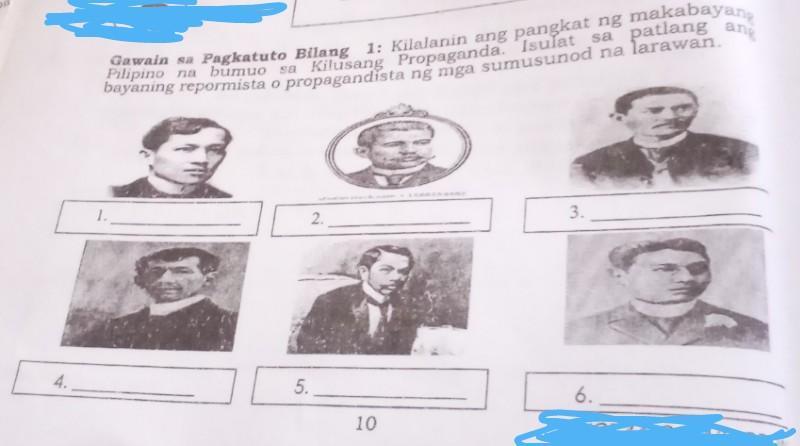1. Which of the following is NOT a characteristic of the Renaissance music? A. Mostly monophony B, Imitation among voices is common C. Use of word painting in texts and music D. Melodic lines move in a flowing manner 2. Which of the following choices refers to non-religious music? A.Concerto B. Sacred music C. Secular music 3. What elements of music refers to an alteration between loud and soft sounds A. Dynamic contrast B. Melodic lines C. Primarily contrapuntal 4. In what period was harpsichord and organ are the keyboard instruments that are commonly used? A. Baroque Period B. Medieval period C. Renaissance Period 5. What was the most prominent instrument of the Renaissance Era? A. Keyboard B. Harpsichord C. Lute 6. In what period was secular music became popular? A. Medieval B. Renaissance C. Baroque 7. It is a piece for several voices set to a short poem, usually about love, and it is used in its vernacular language. A. Mass B. Madrigal C. Motet 8. During this period, it was considered as the golden age of A Capella music orimitation of voices. A. Medieval B. Renaissance C. Baroque 9. Who was the prolific composer who wrote the most famous oratorio, The Messiah chorus Hallelujah? A. Vivaldi B. J.S. Bach C. G. F. Handel 10. The monophonic melodies of its music, to which improvised accompaniment may have been added were often lively. A. Medieval B. Renaissance C. Baroque 11. It is the period where in more detailed documentation of improvisational practice, is in the form of published instruction manuals. A. Medieval B. Renaissance C. Baroque 12. It is a keyboard instrument in which the strings are plucked, rather than hit with a hammer. A. Lute B. Harpsichord C. Bass 13. It is a musical device created or adapted to make musical sounds. In principle, any object that produces sound. A. Musical instrument B. Musical elements C. Musical appreciation 14. It is a period wherein melodic improvisation was an important factor in European music. A. Medieval B. Renaissance C. Baroque 15. It is the period wherein more detailed documentation of improvisational practice, is in the form of published instruction manuals. A. Medieval B. Renaissance C. Baroque
Answers 1
Answer:
B
C
C
B
D
D
A
B
B
D
C
A
A
C
B
Explanation:
SANA MAKATULONG PO
-
Author:
dieselleonard
-
Rate an answer:
4
Do you know the answer? Add it here!
Choose a language and a region
How much to ban the user?
1 hour
1 day
100 years

